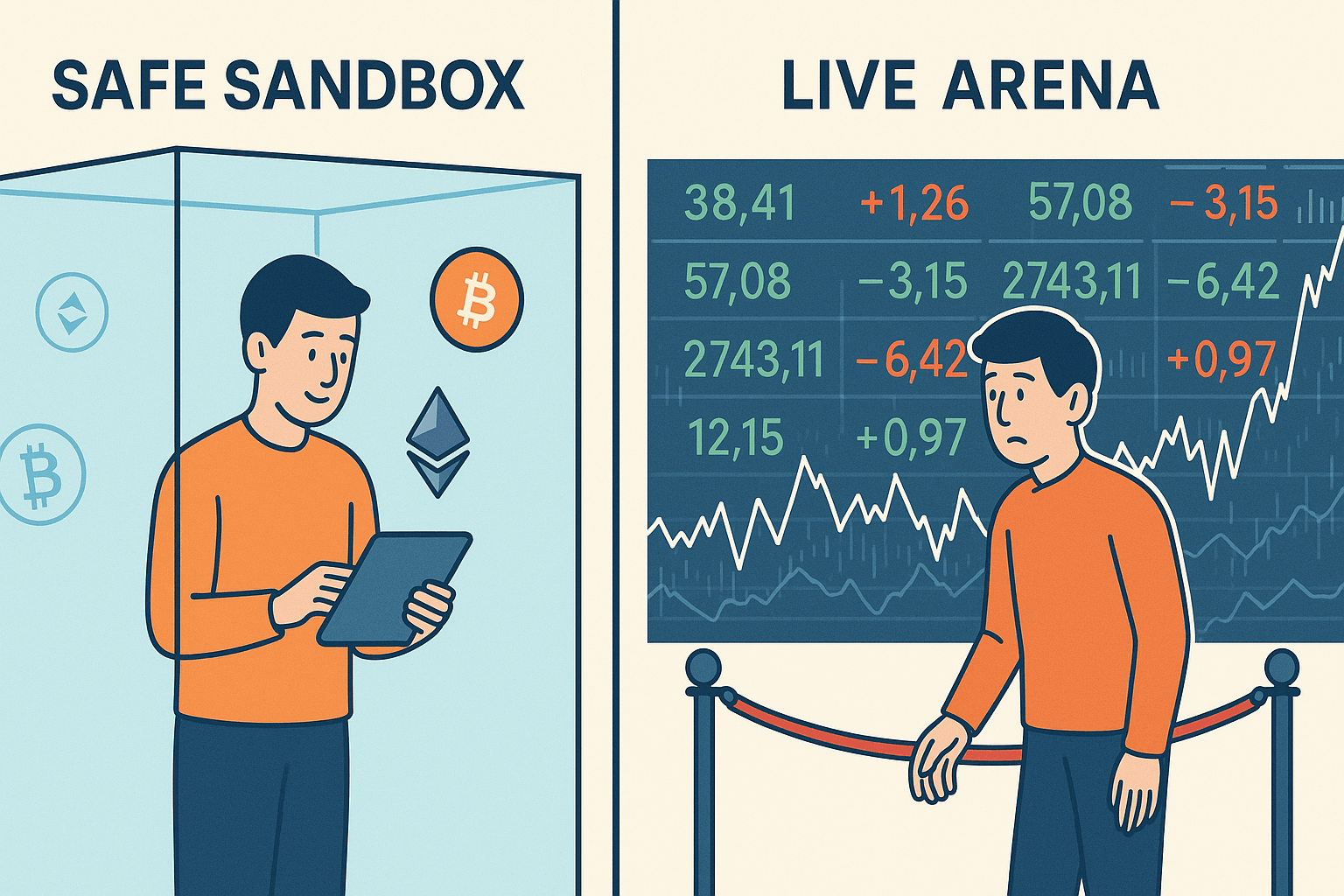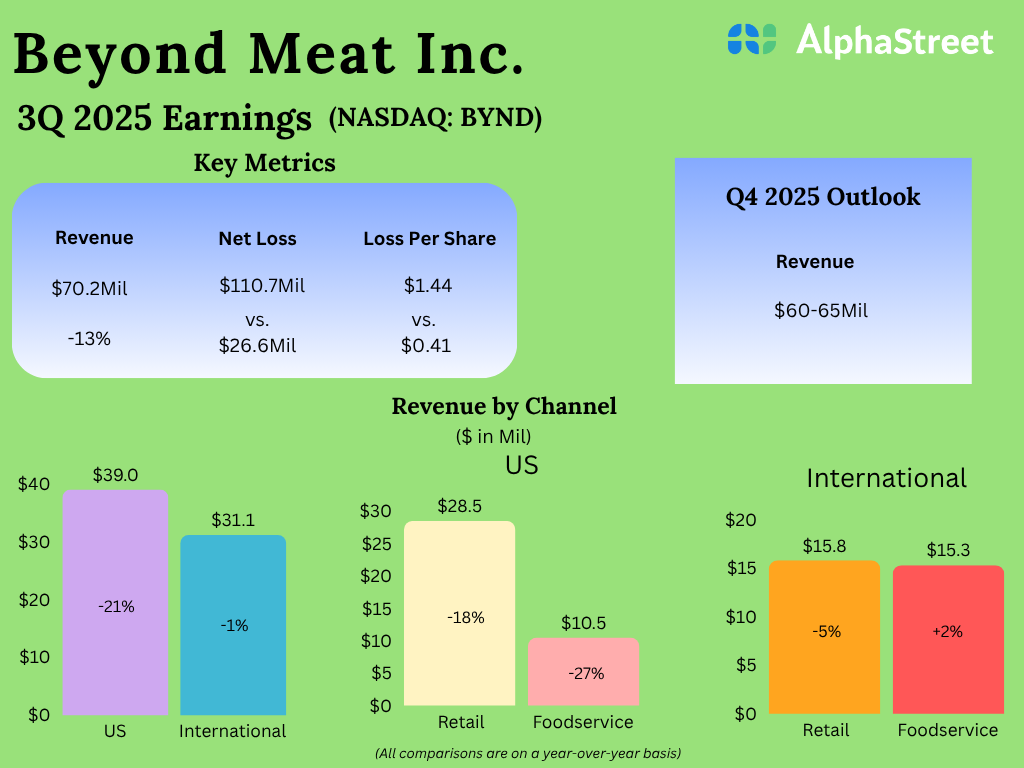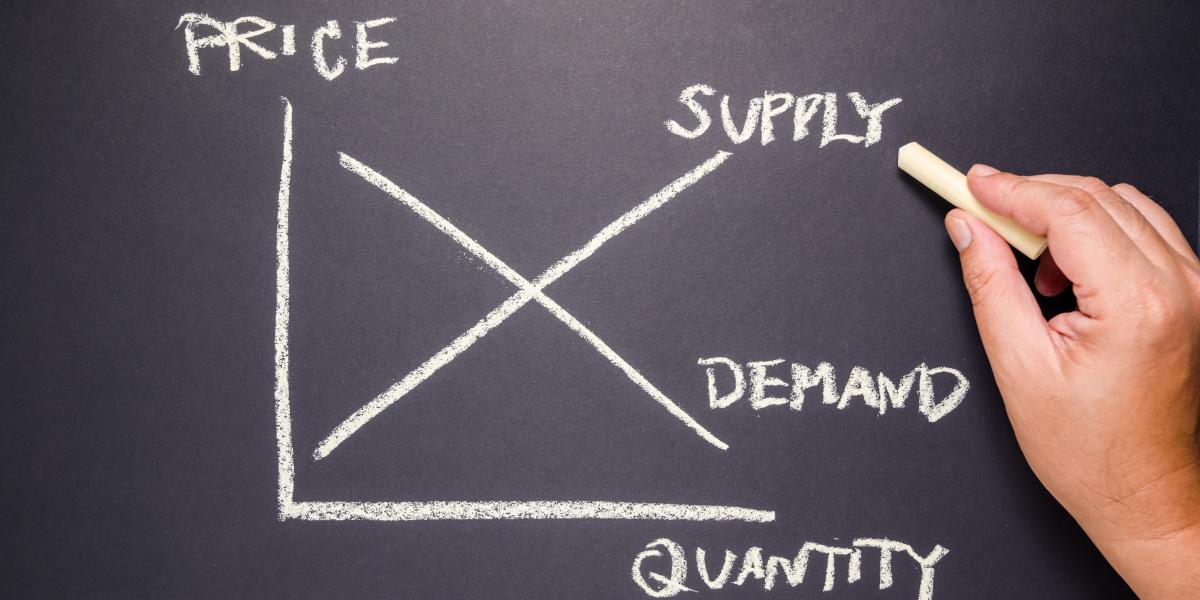The era of manual spreadsheets and phone calls to manage customer returns and excess inventory is rapidly fading. In its place, advanced data analytics, artificial intelligence, and predictive modeling are emerging as essential tools for navigating the complex world of secondary market resale. Retailers can no longer treat returns and overstock as afterthoughts; instead, a robust, data-driven B2B resale strategy is a competitive necessity.
The Scale of the Returns Challenge
The numbers are staggering. In 2024, returns were projected to cost U.S. retailers $890 billion—nearly 17% of annual sales. And the challenge doesn’t end with returns; unsold overstock also eats up warehouse space, with the average retailer dedicating between 11% and 25% of their storage to returned, excess, or obsolete goods. Every square foot tied up by unsellable inventory is capital that could be deployed elsewhere, intensifying the pressure for efficient secondary market solutions.
Historically, retailers would try to move these items through fragmented, labor-intensive processes. Today, however, retailers, brands, and OEMs are embracing technology-driven B2B resale platforms that offer not just improved efficiency, but a smarter, more scalable approach.
How Data Powers Efficient B2B Resale
By leveraging advanced analytics, leading retailers have turned secondary market sales into a true business advantage. The days of guessing at recovery rates or setting prices based on limited information are over. Now, decision-makers have access to actionable insights throughout every stage of the B2B resale journey.
Here’s how a data-driven approach delivers value:
Confidence and Consistency in Pricing:The right platform provides access to deep historical pricing data, enabling retailers to understand market value by condition, inventory type, or sales channel. Multiple selling options—open marketplaces to negotiated contracts—allow for flexible strategies and pricing comparisons that maximize profit for every lot.
Access to the Right Buyers:Leading B2B resale solutions maintain extensive buyer databases that span online resellers, exporters, off-price chains, and refurbishers. With thousands of active and vetted buyers available, sellers gain reliable demand and can better target merchandise to the buyers most likely to pay top dollar.
Scalable and Speedy Inventory Movement:Advanced platforms support a range of sales models—from auctions to direct contracts—enabling organizations to accelerate inventory turnover quickly, efficiently, and at scale, ultimately reducing warehouse burden and additional operational costs.
Brand Control:For many brands and OEMs, managing how and where inventory is resold is critical to maintaining reputation and preventing channel conflict. B-Stock’s B2B resale platforms allow stringent control: restricting resale on certain marketplaces, setting geographic limitations, selecting only approved buyers (like brick-and-mortar retailers or exporters), or requiring de-labeling prior to resale. This ensures every transaction aligns with business and brand priorities.
Automated Sales Process:Technology-driven resale platforms streamline the entire experience—with listing recommendations, integrated payments, invoicing, logistics, and performance tracking built in. Sellers can easily measure results, track tax implications, and ensure compliance without the manual hassle.
Unlocking Value with Predictive Analytics
Data’s true power comes from predictive analytics and machine learning. By analyzing variables like category, brand, condition, lot size, and SKU depth, these tools estimate probable resale values and even recommend ways to optimize recovery. For example, when a housewares retailer uploads a manifest of furniture, the platform uses AI-driven models to predict overall lot value, explain pricing logic, and suggest strategies (like breaking up a manifest by subcategory or grouping similar-priced SKUs) to attract higher bids.
These analytics can reveal trends such as:
The top drivers of resale value: product category, brand, condition, manifest design, SKU count
Subcategory pricing differences—e.g., handbags in Accessories typically fetch higher prices than other apparel
When deep vs. shallow SKU offerings optimize value—like outdoor furniture bringing in more in smaller, focused lots
Grouping inventory with similar retail prices boosts bidding and final recovery
Sellers can test adjustments to their listings and instantly see updated recovery predictions, creating an agile, results-driven approach to inventory resale.
Returns as a Strategic Opportunity
No longer just a “cost of doing business,” returns and excess goods can become valuable assets. With a smart, data-rich strategy, retailers and brands uncover powerful insights for improving customer experience, optimizing product lines, and advancing sustainability objectives. As inflationary pressures and the demand for value continue to fuel growth in the secondary market, data-driven resale is becoming a central pillar for retailers seeking to reduce costs, unlock new revenue streams, and maintain their competitive edge.
Rethink Resale. Harness the Power of Data.
In today’s retail landscape, adopting a data-based approach to B2B resale isn’t simply an option—it’s a strategic imperative. By leveraging cutting-edge analytics, predictive modeling, and a powerful B2B resale platform, retailers and brands can take control of their returns and excess inventory, drive higher recovery rates, and chart a course toward a more profitable, efficient, and sustainable future.
Ready to transform your returns and excess inventory into a growth opportunity?
Discover how B-Stock’s advanced data-driven B2B resale platform can power your secondary market strategy.






























